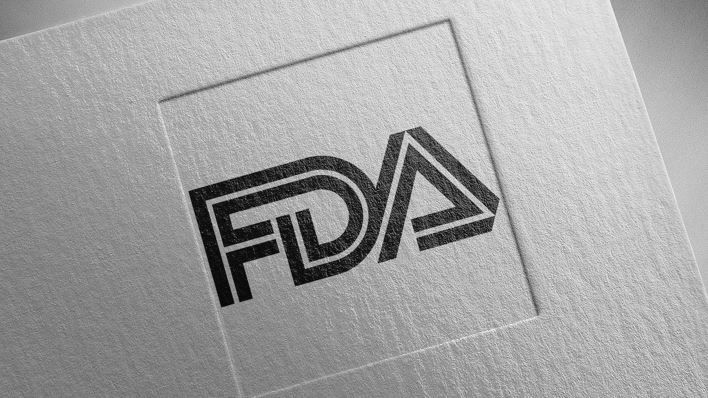- Clinical Technology
- Adult Immunization
- Hepatology
- Pediatric Immunization
- Screening
- Psychiatry
- Allergy
- Women's Health
- Cardiology
- Pediatrics
- Dermatology
- Endocrinology
- Pain Management
- Gastroenterology
- Infectious Disease
- Obesity Medicine
- Rheumatology
- Nephrology
- Neurology
- Pulmonology
FDA Updates LDL-C Lowering Indication for Bempedoic Acid, Bempedoic Acid plus Ezetimibe Tablets
The US FDA approved expanded indications for bempedoic acid and bempedoic acid plus ezetimibe for primary hyperlipidemia.

The US Food and Drug Administration (FDA) granted an updated indication for bempedoic acid (Nexletol, Esperion Therapeutics Inc) and bempedoic acid plus ezetimibe (Nexlizet, Esperion Therapeutics Inc) for the treatment of primary hyperlipidemia in eligible patients with genetic hyperlipidemia or atherosclerotic cardiovascular disease, according to an Esperion press release.
Additionally, the prerequisite for patients to already be on maximally tolerated statin therapy has been removed for bempedoic acid and bempedoic acid and ezetimibe, and the note of their indeterminate effect on cardiovascular (CV) morbidity and mortality has been removed, according to the company press release published December 13, 2023.
These labeling modifications do not impact the full pending label approvals for CV risk reduction with bempedoic acid and bempedoic acid and ezetimibe, for which the FDA issued a PDUFA date of March 31, 2024, according to the release.
“We are pleased that the FDA has approved these modifications to our current indications for Nexletol and Nexlizet, which reinforce the proven efficacy and safety of these treatments,” said Sheldon Koenig, president and CEO of Esperion, in the statement.
Source: U.S. FDA Updates LDL-C Lowering Indication for Esperion’s NEXLETOL® (bempedoic acid) Tablet and NEXLIZET® (bempedoic acid and ezetimibe) Tablet. News release. Esperion Therapeutics, Inc. Published December 13, 2023. Accessed December 15, 2023. https://www.globenewswire.com/news-release/2023/12/13/2795859/0/en/U-S-FDA-Updates-LDL-C-Lowering-Indication-for-Esperion-s-NEXLETOL-bempedoic-acid-Tablet-and-NEXLIZET-bempedoic-acid-and-ezetimibe-Tablet.html
